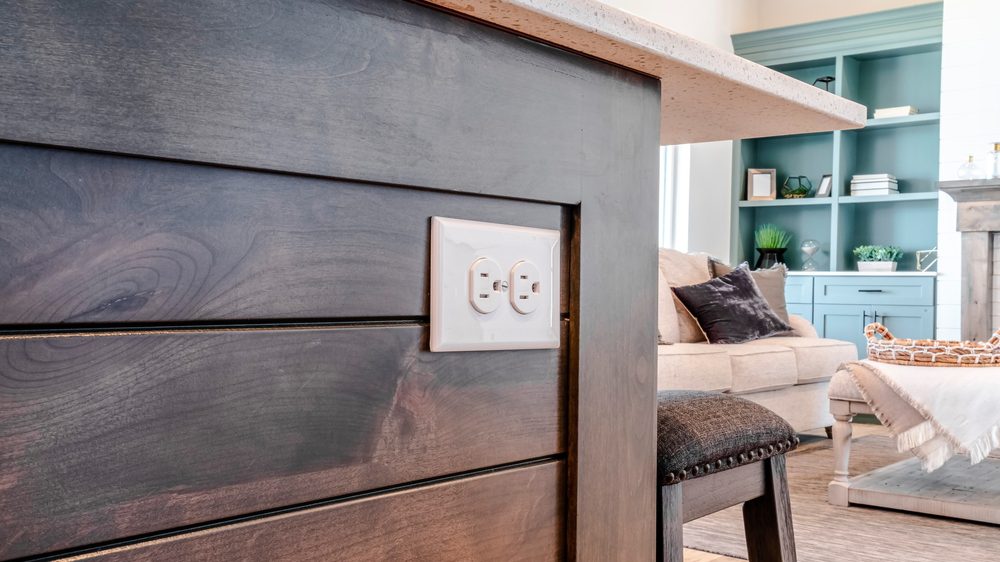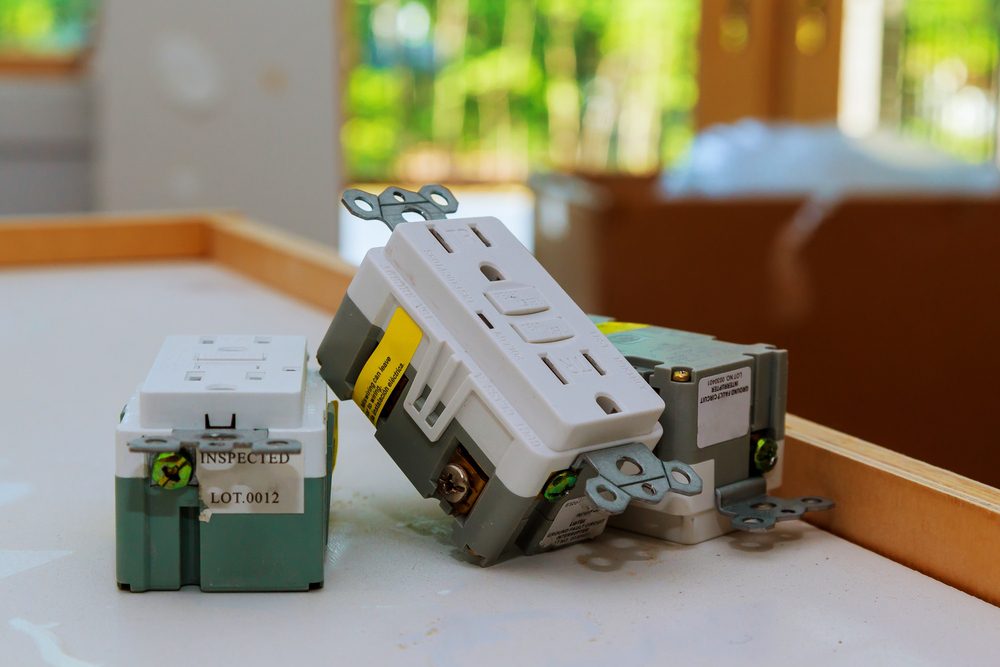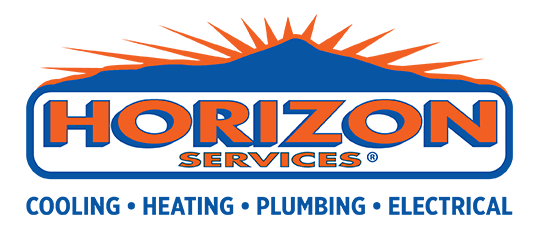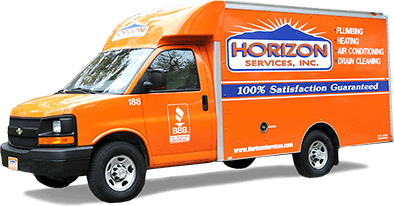
While not as flashy as upgrading your sofa or renovating your kitchen, strategic electrical outlet placement can elevate your home to the next level. Placing power outlets in your home gives you much more control over your home’s usability and functionality.
Choosing where to place new power outlets in your home is more of a strategy than most new homeowners realize. Proper outlet spacing is key so as not to cause power surges. Still, it’s vital to place power outlets in convenient locations, like your new kitchen, bathroom, and cabinets. If you are building a new house or are moving onto a new property, we have created an outline of residential outlet placement tips and methods.
Table of Contents
Top Locations to Place Your Electrical Outlets
Our local electricians in Concord, NC, know you want the best outlet placements possible, which is we have some tips and tricks on best placements according to the room.
1. Living Room
Living rooms are the place where most of the electrical needs in a house occur. From video game systems to streaming, to electrical instruments, power outlet placement must be robust in the living room.
Consider placing outlets in the middle of each wall, in corners, and near fireplace mantles. Do you want to mount a flatscreen TV? Make sure to install a power outlet higher up on the wall to mitigate cord clutter.
2. Bedroom
Place a power outlet on each side of the bed so that both adults can easily access phone charging cords, lights, and other devices. If your home has a large, walk-in closet, you may want a power outlet to iron or steam clothes inside. Additionally, a bedroom must have at least one light source managed by a switch, so plan accordingly.
3. Bathroom
Keep power outlets close to the bathroom counter to prevent cords from becoming a tripping hazard. Also, make sure that power outlets are away from bathtubs to reduce interaction between water and electricity.
Read More: Different Types of Metal Clad (MC) Cables and Ways to Choose
4. Kitchen
Kitchens should have outlets placed at intervals of two feet along each countertop. Smart electrical outlet placement ideas for small to large kitchens include inside the pantry, on a kitchen island, above cabinets, beneath kitchen cabinets, or on a wall where you will install appliances.
5. Home Office
Outlet placements are crucial for planning your home office. Consider placing outlets along every wall to give you the most flexibility with furniture placement. You also may want to install power outlets into desk drawers to reduce cord messes and improve functionality.

Check Your Local Electrical Codes
Before you get too excited about the possibilities of your residential electrical outlet spacing project, it’s important to read your local codebook to guarantee your new home is up to the current standards.
Thankfully, researching district codes and restrictions is fairly easy, especially given how most
municipalities base codes on the NEC (National Electric Code). Furthermore, the NEC is a great tool that offers homeowners reliable information on residential outlets.
Despite an abundance of resources, understanding electrical codes can feel overwhelming to even the most savvy homeowners. When in doubt, contact a professional electrician for further guidance.
Electrical Outlet Spacing Tips
Our homes require much more electrical capacity than twenty or even ten years ago. Nowadays, we need a robust outlet plan to handle our Kindles, Nintendo Switches, iPhones, laptops, and all of our other beloved gizmos and gadgets.
When considering placement ideas for an electrical outlet, you will need to design enough spacing between each outlet on your property. Too many outlets stacked on each other lead to nuisance tripping or excessive electrical currents.
Aim for a minimum of one electrical outlet per hallway of more than 10 feet in length. In bathrooms, position an outlet within three feet of the sink’s edge, preferably above the counter.
Within kitchens, add an outlet every two feet. For the walls, outlets should be spaced no more than four feet apart, and their placement should not exceed 20 inches above the countertop.
If you follow these electrical outlet spacing tips, you will prevent potential hazards while also ensuring reasonable access to outlets throughout various rooms.
Read More: What Are the Most Popular Recessed Lighting Sizes?
Creative Electrical Outlet Placement Ideas
Just because you are planning out the electrical outlet placement doesn’t mean you can’t get a little creative. Some homeowners place outlets in creative places such as:
- Floors
- Cabinets
- Islands
- Inside Drawers
- Walk-in-Closets
- Inside Medicine Cabinets
So long as you adhere to your local codes, try different outlet placement ideas for a more personalized home.
Safety Considerations
What is the most important is to ensure your power outlet placement is safe and that it prevents shocks, power surges, and damage to your appliances. Read on to learn more.
Amperage
Installing the correct amp outlet with the proper amp circuit is vital. Generally, every circuit in your home typically carries either 15 or 20 amps. While installing 15-amp outlets on 20-amp circuits is okay, the reverse scenario is not safe. Introducing a 20-amp outlet to a 15-amp circuit can trigger an excessive power surge, which could cause a circuit to short-circuit.
Tamper-Resistant Power Outlets
Tamper-resistant receptacles closely resemble standard receptacles, except they feature internal mechanisms that obstruct the two slots until both prongs of a plug are inserted simultaneously.
These specialized outlets serve to prevent children from shocking themselves by inserting objects into a single slot. As you might guess, tamper-resistant power outlets are key if you have small children in your home.
What Is GFCI Protection?
GFCI stands for Ground Fault Circuit Interrupters. GFCIs are safety measures that inhibit the risk of electric shock. The NEC mandates GFCI protection in rooms within a home close to water sources, like bathrooms and kitchens.
What Is AFCI Protection?
Arc Fault Circuit Interrupters (AFCIs) are a technology that identifies and responds to “arc-faults” intending to prevent potential fires. AFCIs are similar to GFCIs in that AFCIs will disengage the circuit by “tripping” if an arc fault is detected. While GFCIs are designed to shield against electrical shocks, AFCIs protect your home from fires that result from arcing and sparking.

Electrical Installation and Replacement Services
Are you planning the outlet placement in your new home and looking for some guidance? Our team of local electricians in Greensboro, NC offer comprehensive electrical services for homeowners. If you encounter an emergency electrical issue in the afternoon or middle of the night, our team will travel to your home at a moment’s notice to restore safety.
The team at our electrical repair company offer an array of electrical solutions including electrical panel installation, wiring replacement, lighting installation, ceiling fan replacement, and circuit breaker installation. Homeowners choose to work with us because we offer upfront pricing and industry leading warranties. Give our team of electricians a call at 1-800-642-4419 to receive assistance with fixing or upgrading your electrical system.


